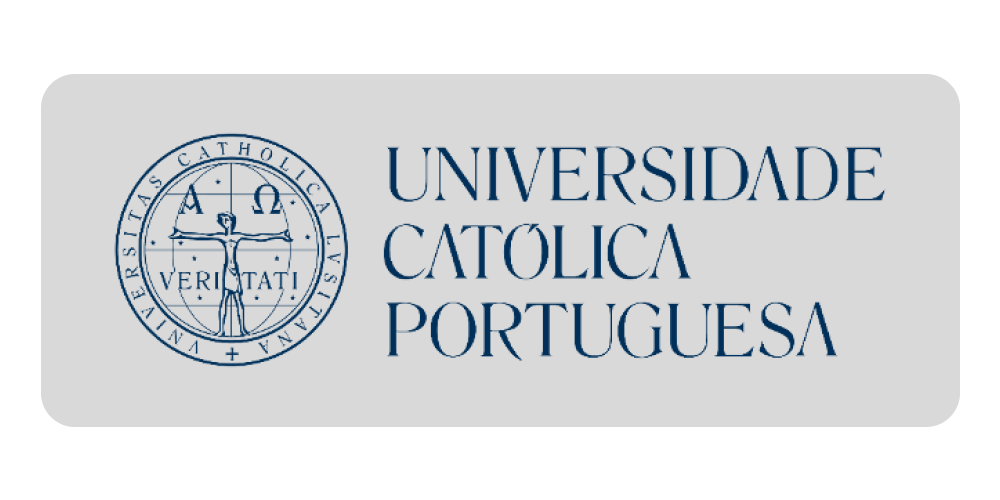Family agriculture and environment in Kirundo province, Northern Burundi
2013
Burundi has nine million inhabitants in an area of 27,834 km2, making it one of the most densely populated countries in the world. More than 90% of the population lives in rural areas. In Kirundo province, people has increased from 404,564 in 1990 to 628,256 inhabitants in 2008 with the annual population growth rate of 3.17%. This region had several cycles of drought leading several people to flee the famine and go to the neighboring countries. However, this region was the breadbasket of Burundi country because it fed many regions in cereals and legumes. The objective of our study is to analyze the family farming and environment: issues, constraints and opportunities. Our study was conducted in Kirundo province Northern Burundi, where 355 farmers were interviewed in municipalities of Bugabira, Busoni, Bwambarangwe, Gitobe, Kirundo Ntega and Vumbi respectively 50, 75, 30, 40, 55, 55 and 50 farmers. The number of farm households surveyed was based on the number of farmers in each municipality.
The results of the analysis show that the deforestation, erosion soil caused by overexploitation of land up to 200% without technical renewal of fertility, the increasing of demographic rate, lack of soil protection, small farmland, etc. are some main causes of climate change and low agricultural productivity. Contrariwise, to apply soil protection and agricultural techniques can increase water in the lakes for irrigation and the combination of the swamps development can spur family farming in that region which posses over five lakes
Family agriculture and environment in Kirundo province, Northern Burundi
 Lebailly, Philippe
,
Minani, Bonaventure
,
Rurema, Déo-Guide
Lebailly, Philippe
,
Minani, Bonaventure
,
Rurema, Déo-Guide
Burundi has nine million inhabitants in an area of 27,834 km2, making it one of the most densely populated countries in the world. More than 90% of the population lives in rural areas. In Kirundo province, people has increased from 404,564 in 1990 to 628,256 inhabitants in 2008 with the annual population growth rate of 3.17%. This region had several cycles of drought leading several people to flee the famine and go to the neighboring countries. However, this region was the breadbasket of Burundi...
Preuzmite dokument
2013
 Lebailly, Philippe
,
Minani, Bonaventure
,
Rurema, Déo-Guide
Lebailly, Philippe
,
Minani, Bonaventure
,
Rurema, Déo-Guide






